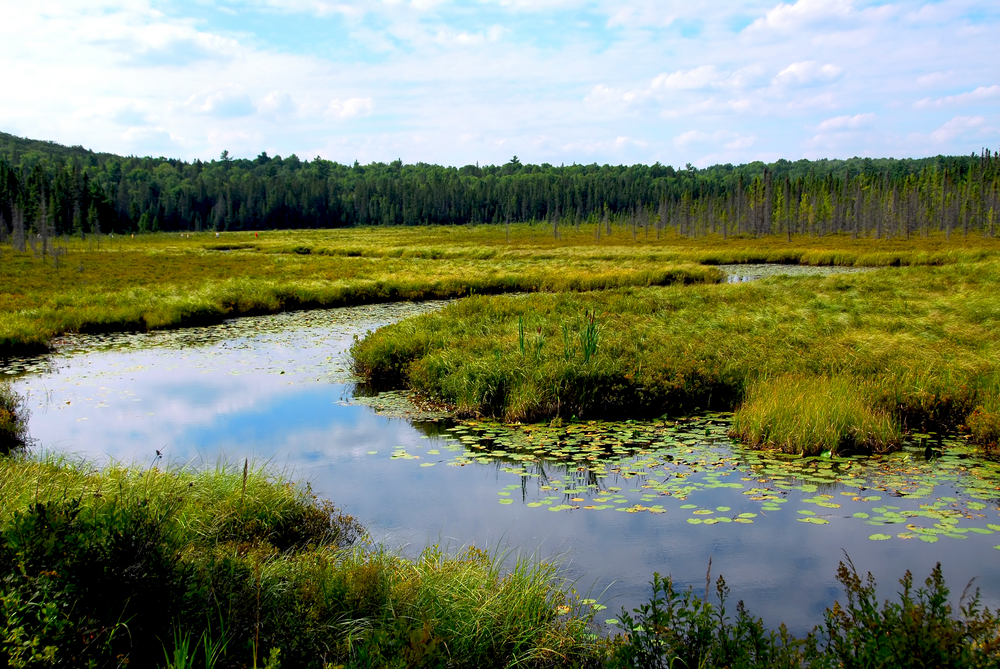Nature-based Solutions to Spring Flooding
Spring is here, and rivers across Canada are overflowing their banks. Flooding along the Saint John River in New Brunswick this year may surpass the record 2018 floods. The Chaudiere river has already flooded the town of Beauceville Quebec. The Gatineau and Ottawa Rivers are rising fast with melting snow and rain prompting riverfront homeowners to prepare their sandbag defences. The risk of a serious Red River flood in Manitoba has receded in recent days thanks to favourable weather, but a major highway still may need to be closed on account of flooding.
Insurance payouts for flood-related damage to homes, businesses and infrastructure are increasing every year and the Insurance Bureau of Canada blames climate change.
What is to be done?
Decarbonizing the Canadian and global economy through such measures as carbon pricing and shutting down coal-fired electricity plants is clearly essential. Another path is to adopt nature-based solutions to build resilience of infrastructure to the extreme weather events that are predicted to get more extreme as temperatures increase and climate becomes unstable in coming decades.
Protecting existing wetlands and building more of them is a proven nature-based solution to mitigate floods. Wetlands store and slowly release water into streams/rivers, acting as natural sponges. Wetlands trap and hold water from rain, snowmelt and floodwaters, with gradual percolation into soil and groundwater. Wetlands provide other ecosystem services such as storing carbon, providing wildlife habitat, filtering pollutants, reducing erosion, and replenishing groundwater.

Protecting wildlands above cities is another nature-based solution that reduces the need for concrete-based water filtration and treatment plant. For example, the Greater Vancouver Water District owns or leases 60,000 hectares (150 times as big as Stanley Park) of protected land north of Vancouver as a source of clean, safe drinking water. Protected from human access, these forested lands also provide habitat for wildlife and mitigate floods downstream.
Nature-based infrastructure also reduces the demand for concrete and cement, which are very carbon-intensive in their production. Nature Canada, Ontario Nature and the VanKleek Hill and District Nature Society have been calling for a federal assessment of a proposed cement plant to be located on the shores of the Ottawa River that would produce one megaton of greenhouse gas emissions every year as well as acid gases that would rain down on Montreal 70 km downwind. Reducing the demand for concrete and cement means lower greenhouse gas emissions and other air pollutants.
The federal government’s Pan Canadian Framework establishes a Disaster Mitigation and Adaptation Fund that finances built and natural, large-scale infrastructure projects to mitigate natural disasters/extreme weather events, and promote climate resilience. The Pan-Canadian Framework’s Green Infrastructure funding also includes nature-based infrastructure projects, at least partly thanks to the advocacy of the Green Budget Coalition.
Let’s look to nature for ideas to solve the problems that humanity has created.


